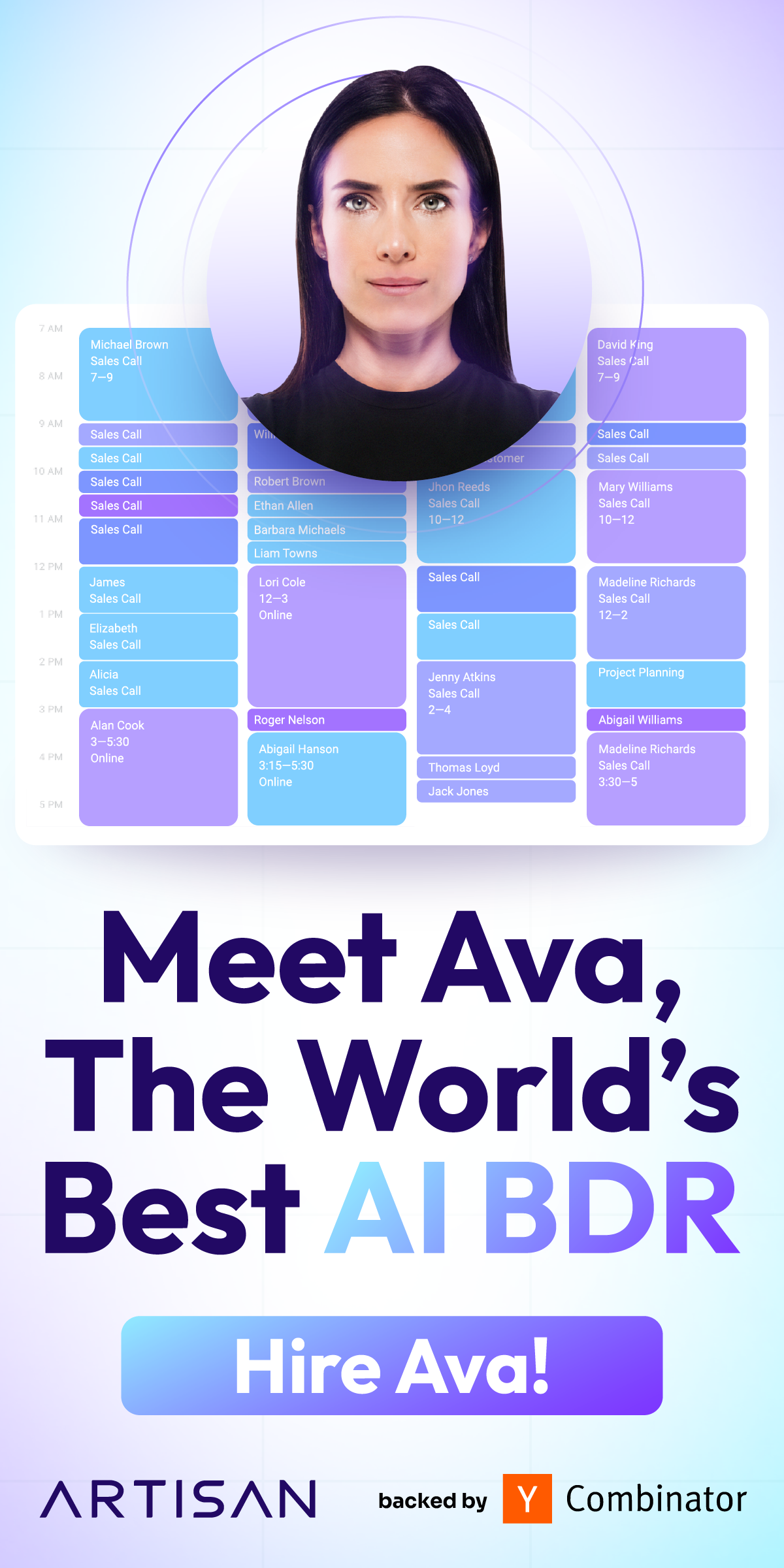
5 Ways to Target the Right Audiences with Google Ads
Each day, Google sees 3.5 billion searches typed into its query bar. This may seem like an unfathomably high number, but it’s growing.
In fact, by 2021, when the amount of internet users worldwide rises by 7.1%, this number is expected to become astronomically higher.
Clearly, we live in an era run by technology, and marketing practices must be adapted to the modern world in order to stay relevant.
As the most popular search engine, Google is a great place for businesses to target customers and clients. Google Ads is a powerful tool for audience targeting because it allows the advertiser to set up a system that reaches out to people in relevant demographics who have similar search queries to the product.
But you may be asking, in what ways do Google Ads specifically help to reach a target audience?
Here, we’re going to answer this question and provide some insight into the inner workings of these advertising systems that can help grow your business.
1. In-Market Audiences
In-market audiences are exactly what they sound like: people who search for specific queries within a given market. If a person wants a specific product- say, an SEO package- Google Ads will track their searches and find out that they’ve been searching for SEO.
Then, the software will show relevant adverts at the top or in the sidebar of the search engine that the person who’s been looking for the product can check out.
If you’re the aforementioned SEO company, you’ll get the benefit of having your advert seen by people who have already shown interest in similar products to yours.
This is good because you’ll have better luck finding clients than you would if you were just throwing your advert around randomly.
Your advert will also be taking the place of a competitor’s, ensuring that potential clients see your business above all others in your market.
2. Demographics
Google Ads also optimises adverts based on the demographics of your target audience.
People make Google accounts all the time in which they enter personal information, including their age and gender.
Other factors like political affiliation, interests, and ideologies can be gleaned from previous Google searches as well. As a business, you can put factors like at what age your target audience is or what kind of music they would like into the information about your business.
Google Ads allows for these businesses and clients to be matched together. When you buy a package to optimise your experience in the search engine advertisements, you can reach out to people that you’ve already identified to be in your target audience.
You also can use the demographics features to answer ‘business near me’ queries, ensuring that your advert is shown to people in the areas you operate in.
3. Market Research
As we discussed before, Google is capable of tracking a person’s searches and identifying what they’re interested in. This is called market research.
The search engine decides who is most likely to buy your product by determining who is in the target audience that you have identified.
But did you know that Google Ads can also help to determine for you who your target audience is?
If you’re struggling to think of who may want to buy your product, you can look into the trends that Google picks up on. You can see the ages and genders of the people who have bought your product most often as well as where their interests lie.
Sometimes your target audience isn’t exactly who you thought it was going to be, and market research can help you identify when that happens!

4. Site Targeting
Site targeting is when you choose the specific placement in which you want your advert to appear. What kinds of sites do you want it to be on? For example, if you run a Chinese restaurant, you may want your advert to be shown on sites that discuss various aspects of Chinese culture. Google Ads can make this happen. All you need to do is enter in the analytics.
You can also use this feature to control ad placement on the websites you want to be seen on. Do you want your advert to be at the top of the page or would you rather it appears in the sidebar?
With site targeting, these decisions are easily made and even more easily executed.
5. Remarketing
If you’re already using the analytics features of Google Ads, it’s easy to make the shift into remarketing. Remarketing lets you make lists of the people who visit your existing website.
This lets you track who is into your products and who has purchased them in the past. It also lets you see who has passed them up so you can look into why they may have done so.
You can then place your adverts onto websites that these people visit so they think twice before passing you up again.
When people see a brand name over and over again, they’re more likely to establish brand loyalty to your business. Using remarketing strategies to continue putting your name out there works for this reason.
Audience Targeting Strategies with Google Ads
While advertising a business can be a gruelling task, it’s made much simpler when you use the same technology that you already know and love as a user.
Google Ads works perfectly for reaching out to your target audience and begin making sales to the people who want to buy.
Now that you know how audience targeting works with Google Ads, it’s time to begin marketing your business in the most effective possible way.
This is usually best achieved through a digital marketing agency. You’ll be seeing a boost in your Google leads and organic traffic in no time at all, so why wait? Get started!


























